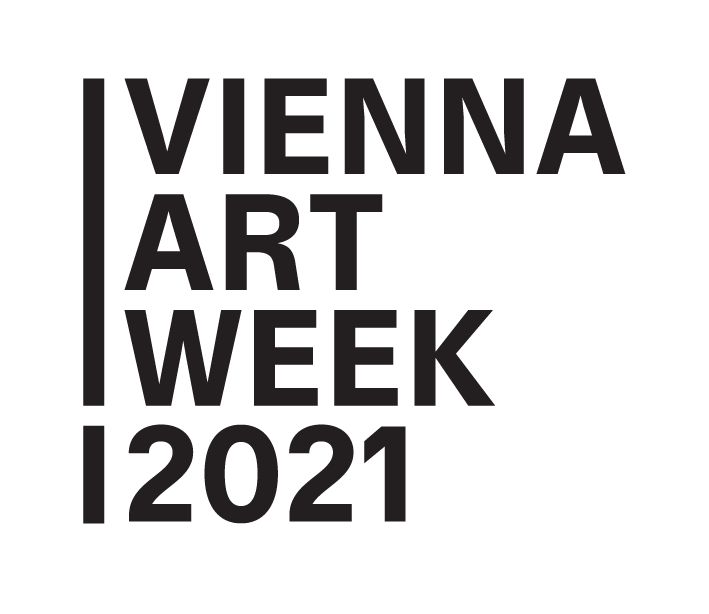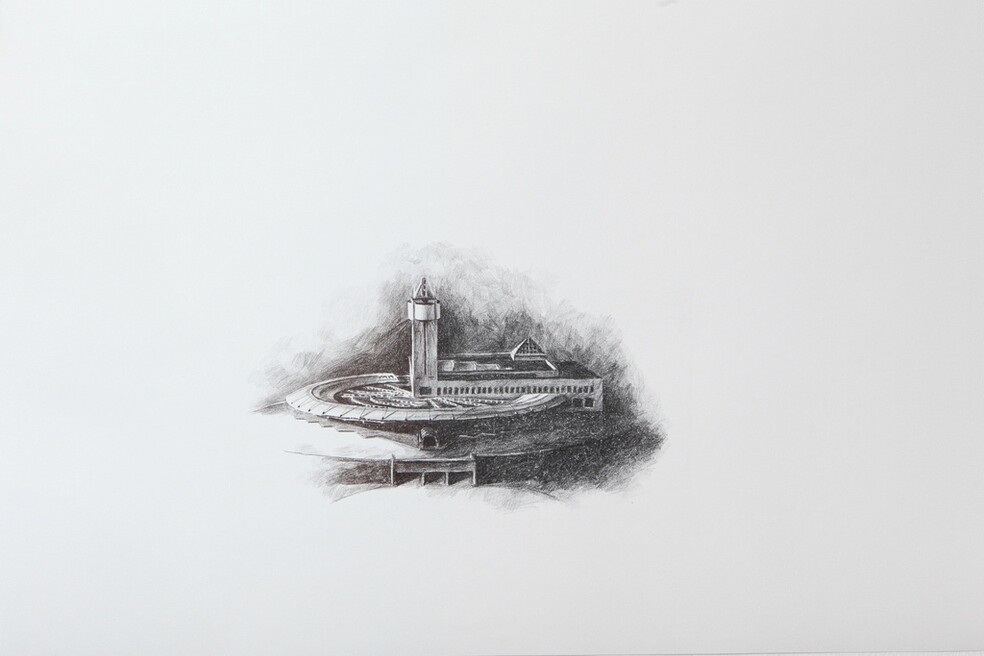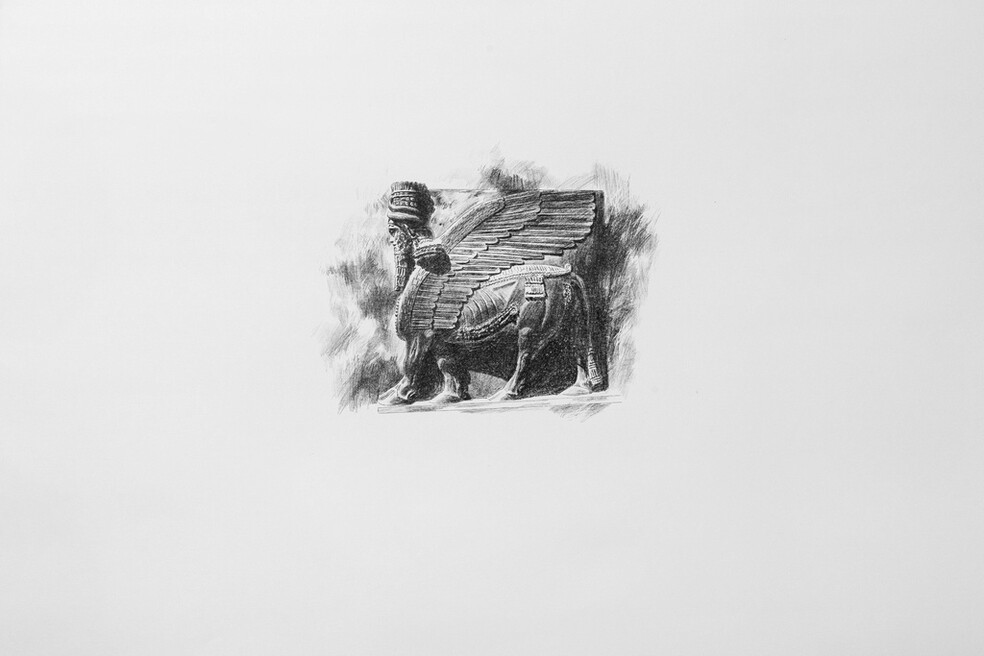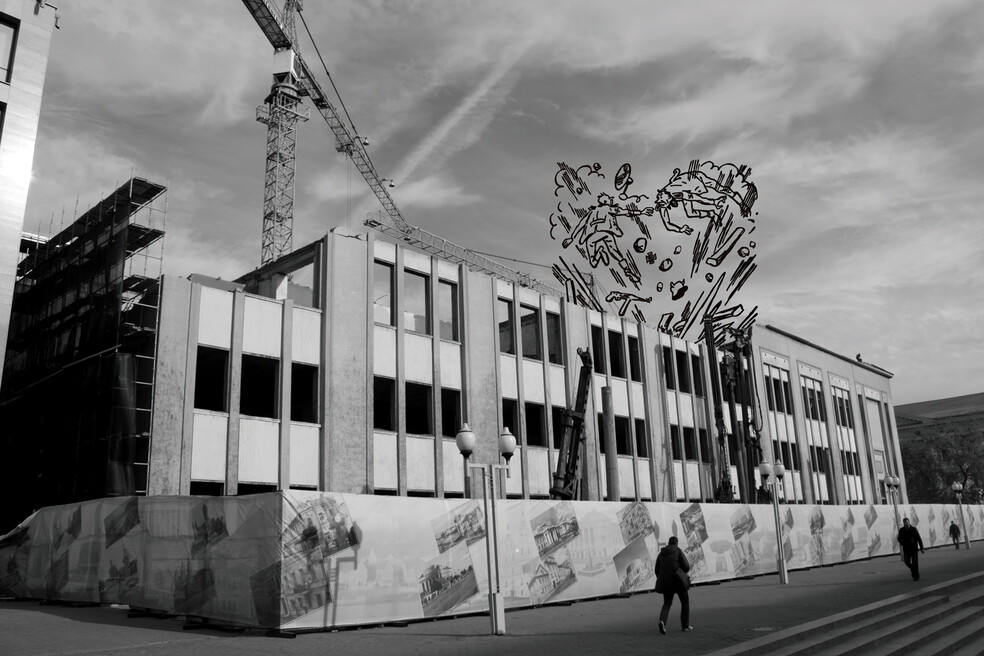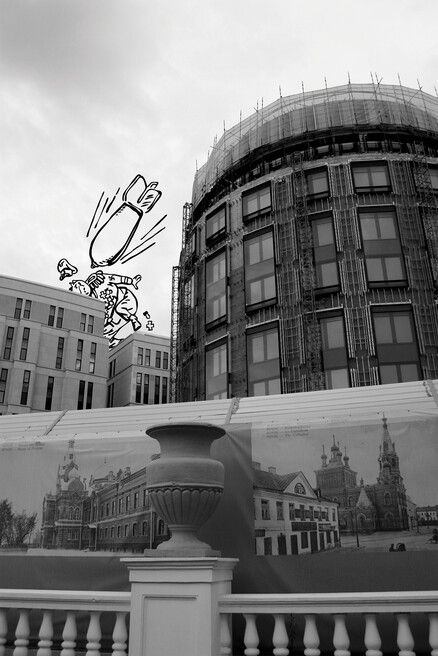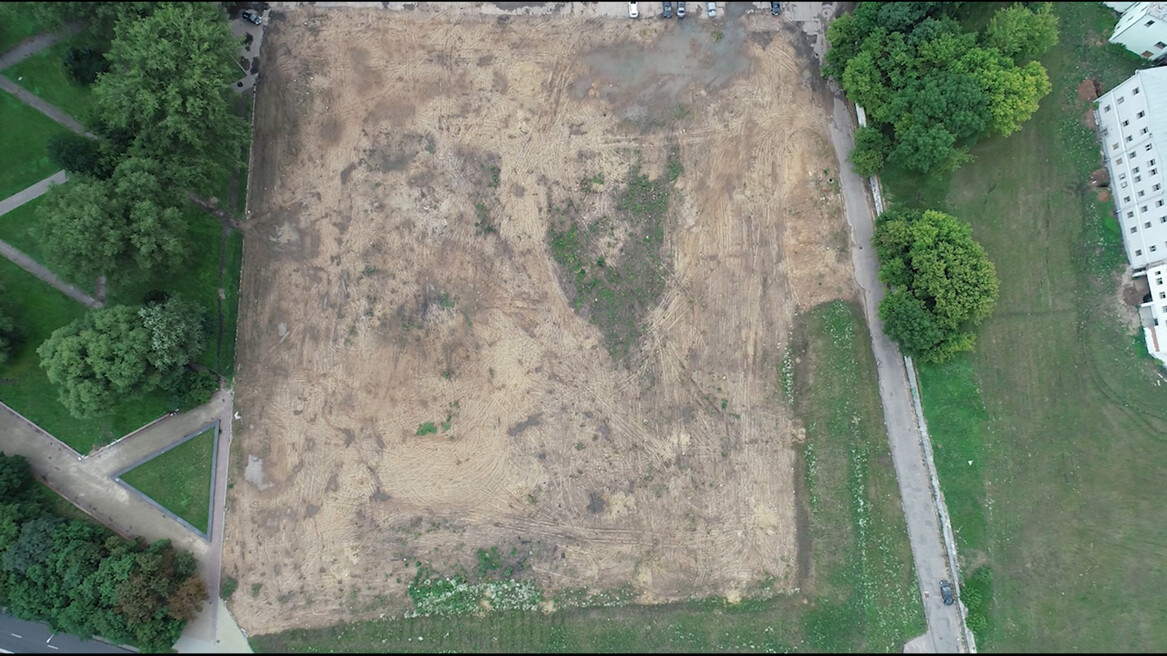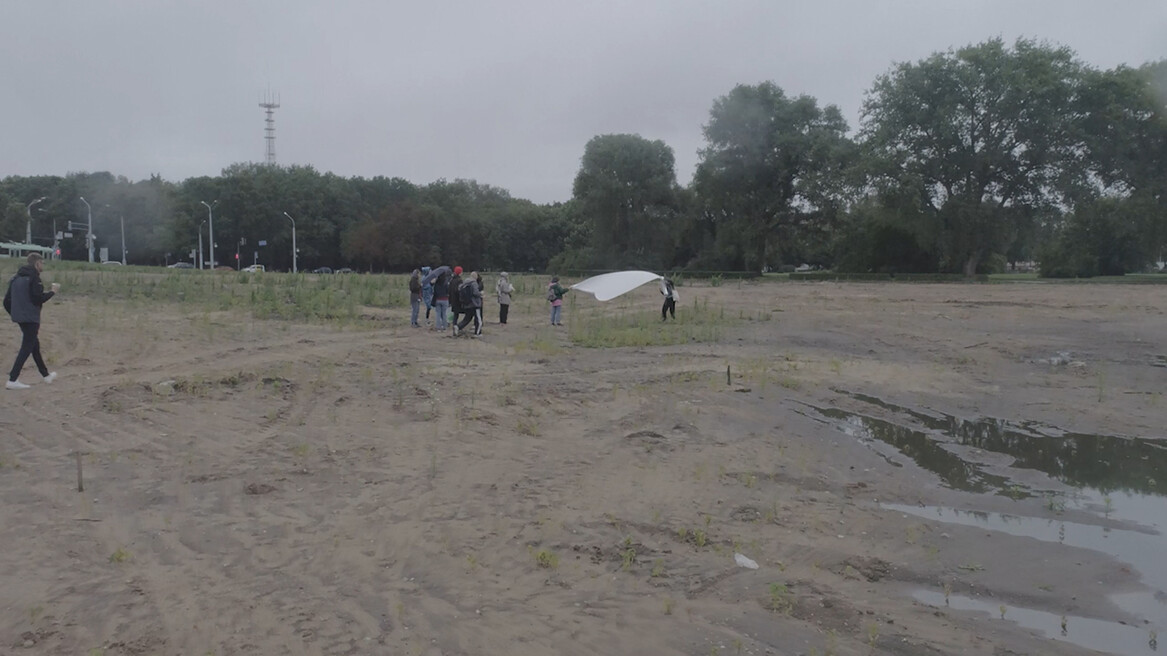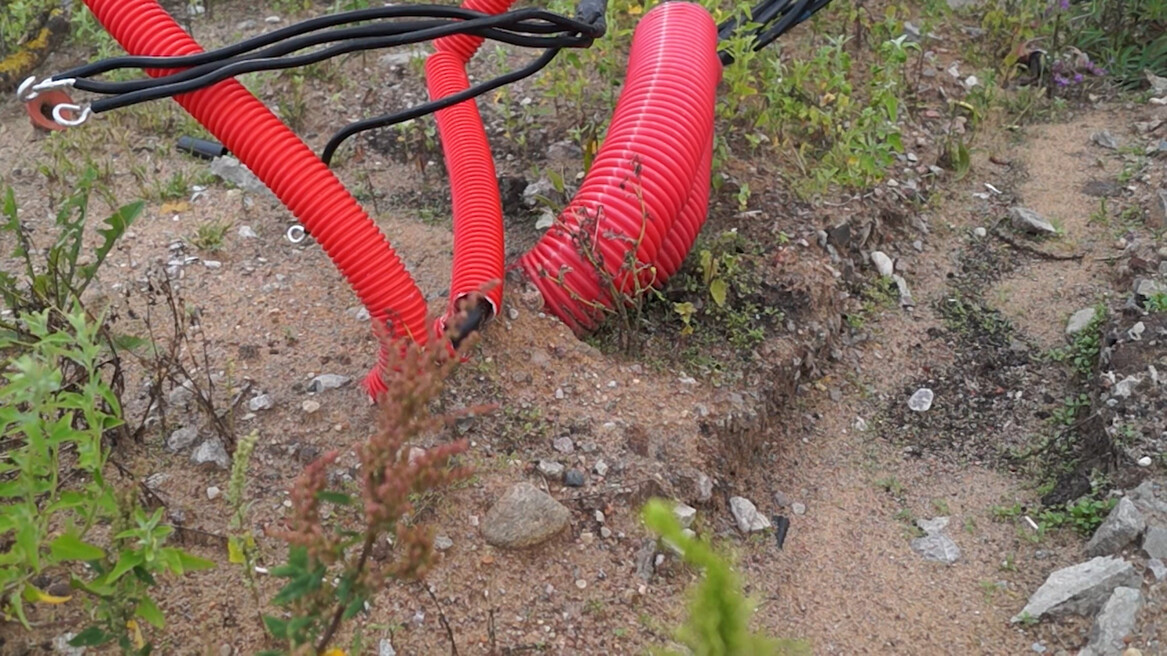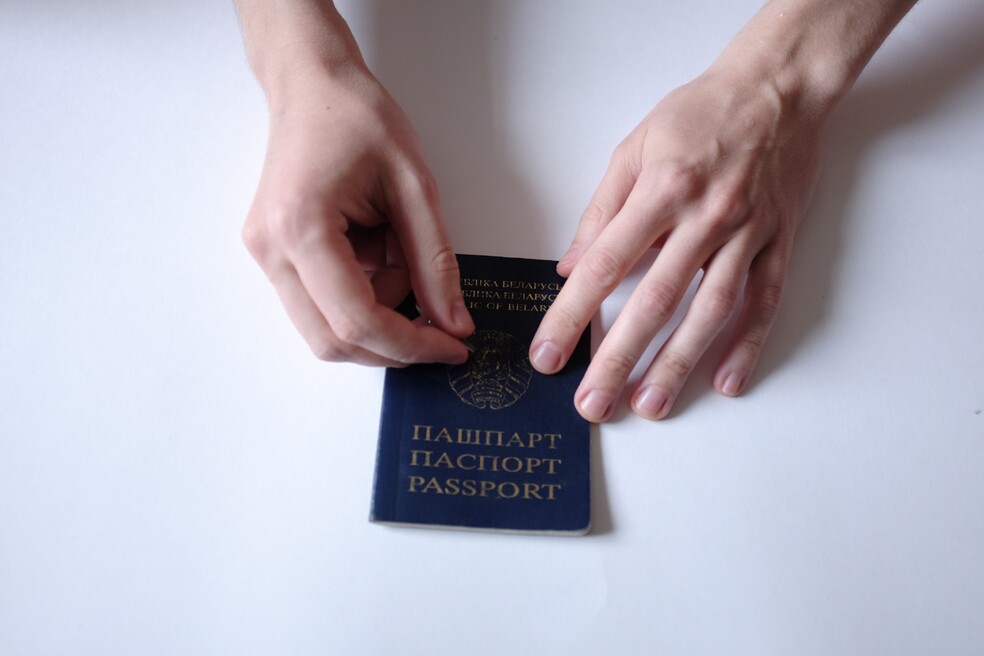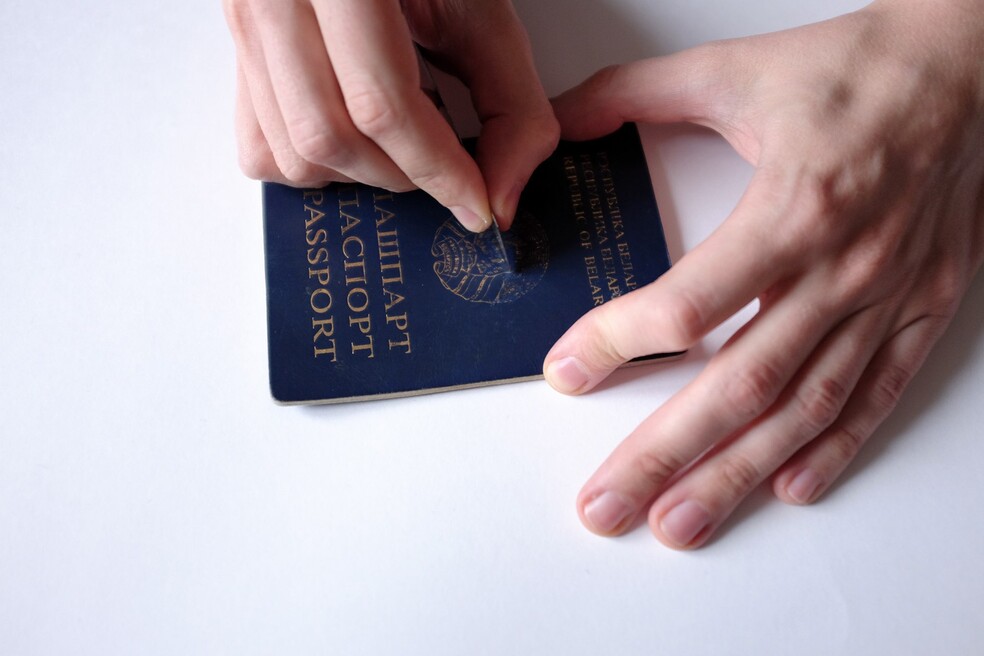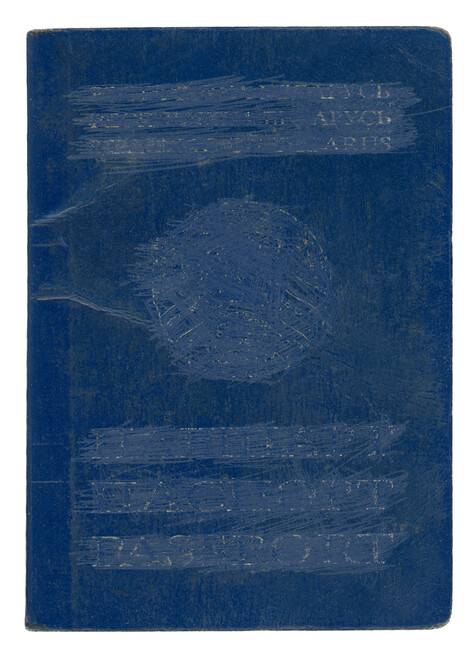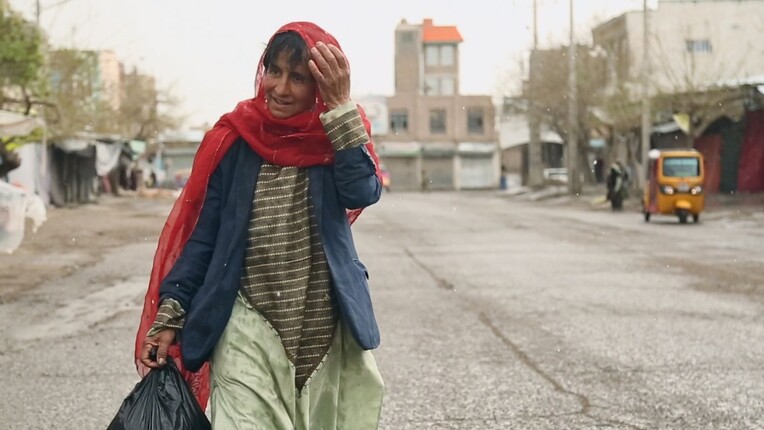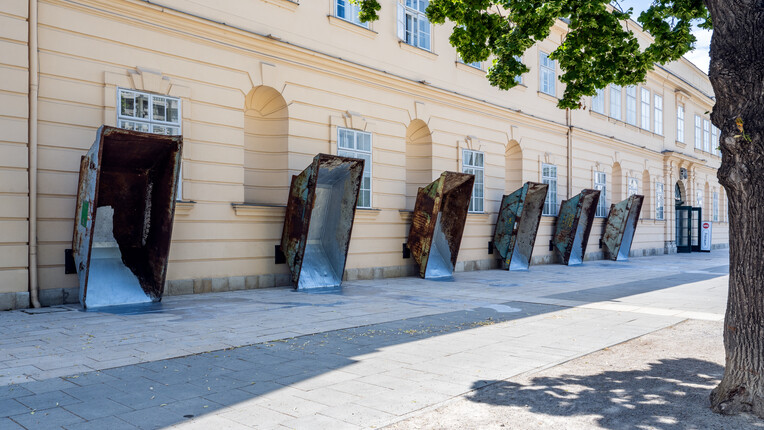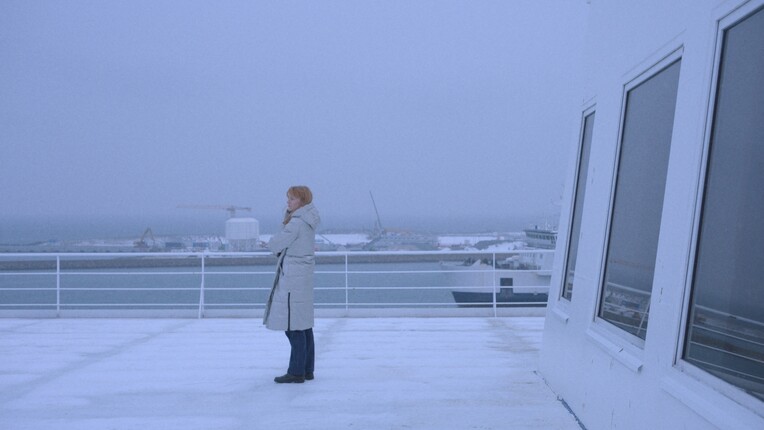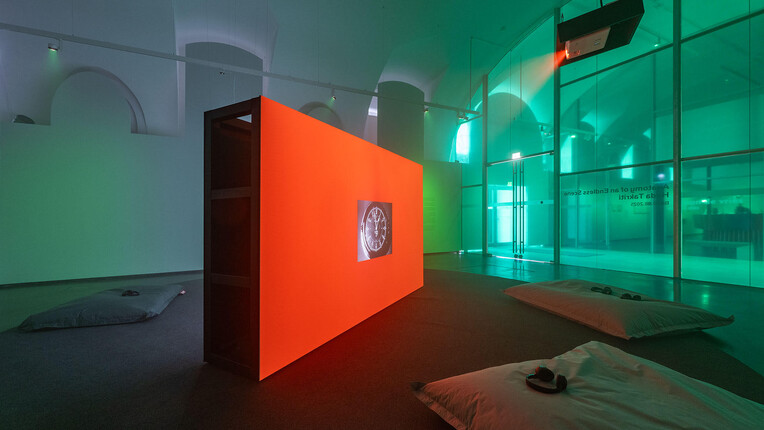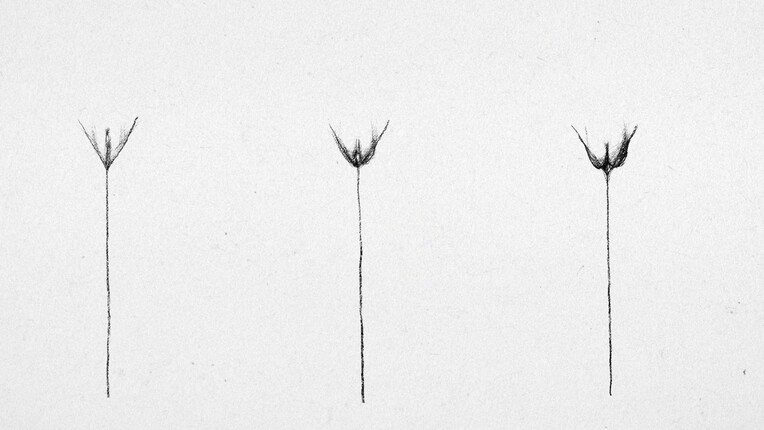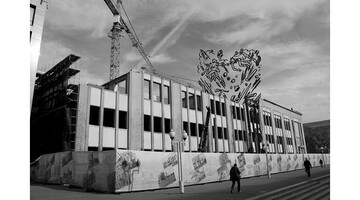
"All destruction, new or old, occurs as a result of violence."
Visual and conceptual artist Uladzimir Hramovich was invited in cooperation with the Austrian Federal Ministry for European and International Affairs as Q21 Artist-in-Residence in November and December 2021. For Vienna Art Week, Sabine Winkler talked with him about his recent works.
Sabine Winkler: In your work, you research historical buildings and monuments that were destroyed due to ideological conflicts and cultural or political differences. You take a forensic approach in the sense that you let the historical material itself speak about its particular context. With the violent destruction of physical building materials, the disappearance of rejected ideas and their symbols is often intended. What can the material tell us about political power structures? What is the relationship between material and symbol?
Uladzimir Hramovich: The idea of some of my works is to make static and “silent” materials or images "speak", tell a story. The trail of this trauma, blow, rupture seems to remain in the body of destroyed objects. Often the absence, the outline of the remaining – says way more about the period of time, or about the specific date when the shape change occurred. And of course this is an encounter between politics and material, and the record of the encounter.
The series Ghosts is commentary on the changing urban landscape of Minsk; here the architectural photographs are combined with graphic sketches that refer to the destruction of Minsk during World War II, by a rocket, a German officer, an exploding bomb, etc. How do historical material layers affect the present and the future?
The series Ghosts is about the spirits of the past that do not go anywhere, and sometimes return (as now in Belarus, where political repressions are gaining momentum). The work is about how not to erase the past, not to build up a muddy capitalist present – these ghosts can return and destroy everything that has just been rebuilt.
Your project In Search of Fragments of the Crystal Palace took place on a wasteland in the centre of Minsk, on the site of the demolished VDNKh building (constructed in 1968)*, which is paradigmatic for the destruction of public exhibition spaces. Can you briefly describe this performative intervention? Whose cultural heritage and whose present is destroyed, who benefits when the materialization of history is dismantled?
The work In Search of Fragments of the Crystal Palace is an example of when the authorities see nothing but bare profit, an example of converting ideas and history into immediate revenue. But the end result is a screaming emptiness and an inability to offer an alternative future.
In your series The memory of people lasts forever, you outline the destruction of millennia of cultural heritage in stone, such as the Buddha statues in Bamiyan (Afghanistan) destroyed by the Taliban, or the Arc de Triomphe in Palmyra destroyed by ISIS. But the cultural heritage remains. How do material and history relate to each other? How is history conveyed through images (of destruction)?
In The memory of people lasts forever – it was important for me to tell that all destruction, new or old, occurs as a result of violence. But this violence is not shown, there are just static (even boring) drawings, but with a text about the date of the “death” of various objects. From the statue of Buddha to the modernist building in Minsk in the 90s, all this is rather subjectively united by one idea of violent destruction resulting in a single whole, although the age difference may be thousands of years.
You are active in the protest movement in Belarus, you had to spend fifteen days in prison under inhumane conditions. The video Scratches, made in collaboration with Lesya Pchelka, can be seen as an artistic statement against Lukashenko’s authoritarian government. Can you briefly describe the video work?
My video with Lesia Pchelka Scratches is, of course, about the events in Belarus and about the lost elections of Lukashenko and the refusal of public access with the same symbols that represent the authoritarian state. But this video is also about something else – how to remove the gilding from our passports. This is an attempt to scratch out of an outdated idea of nation-states, scratching out the signs of belonging to something that for a long time has lost any connection to us.
